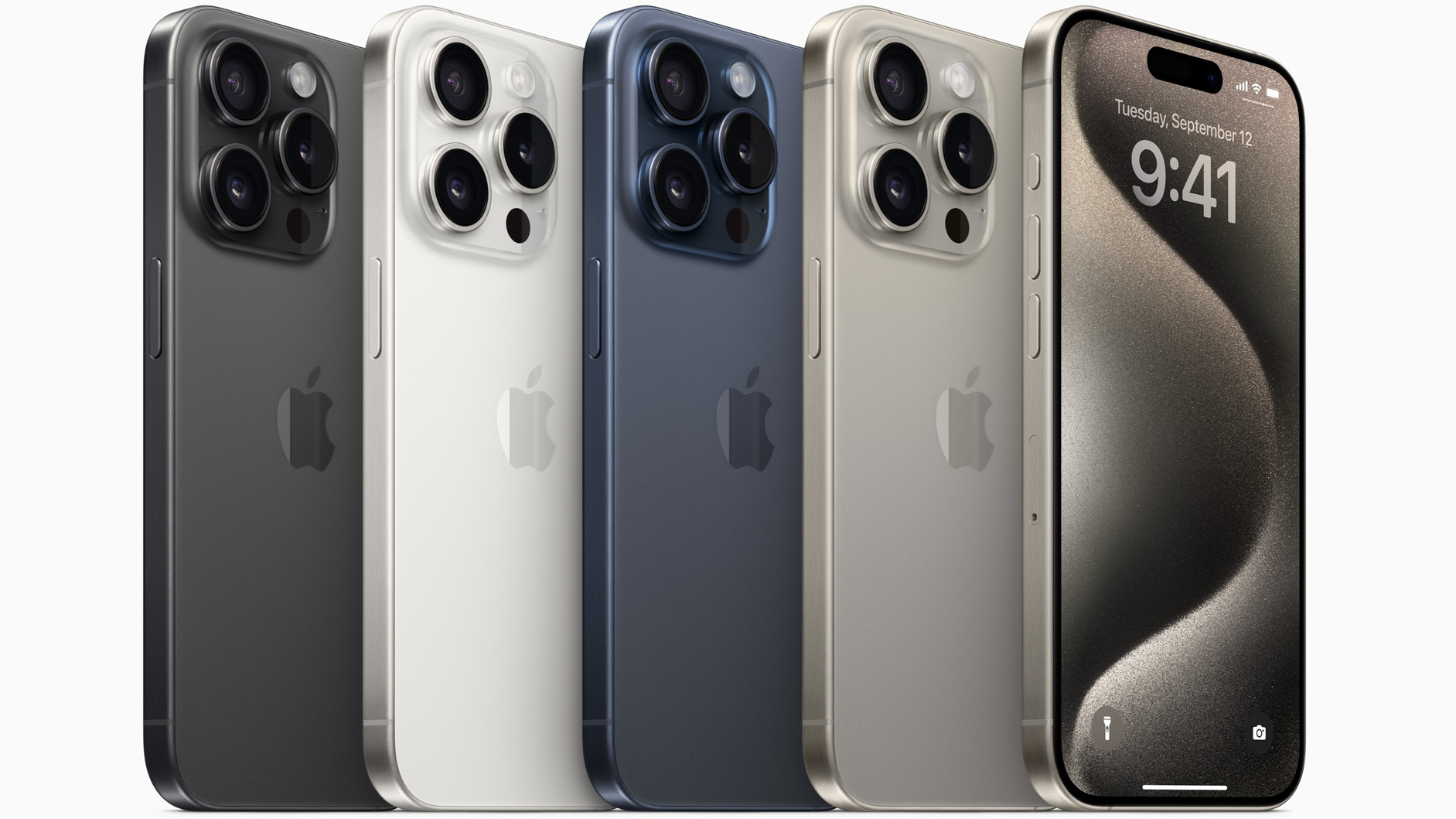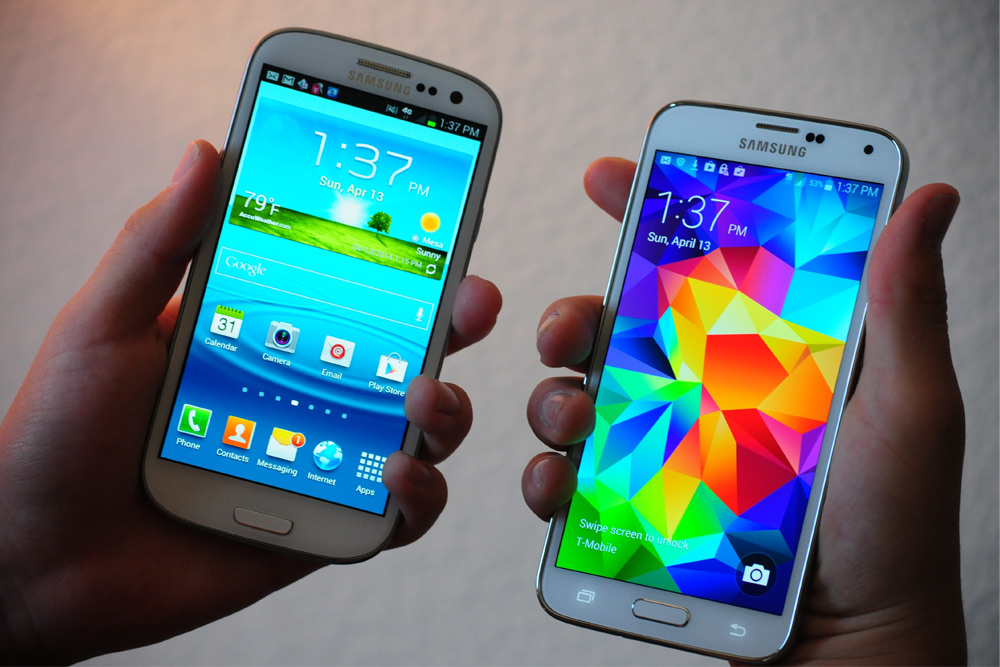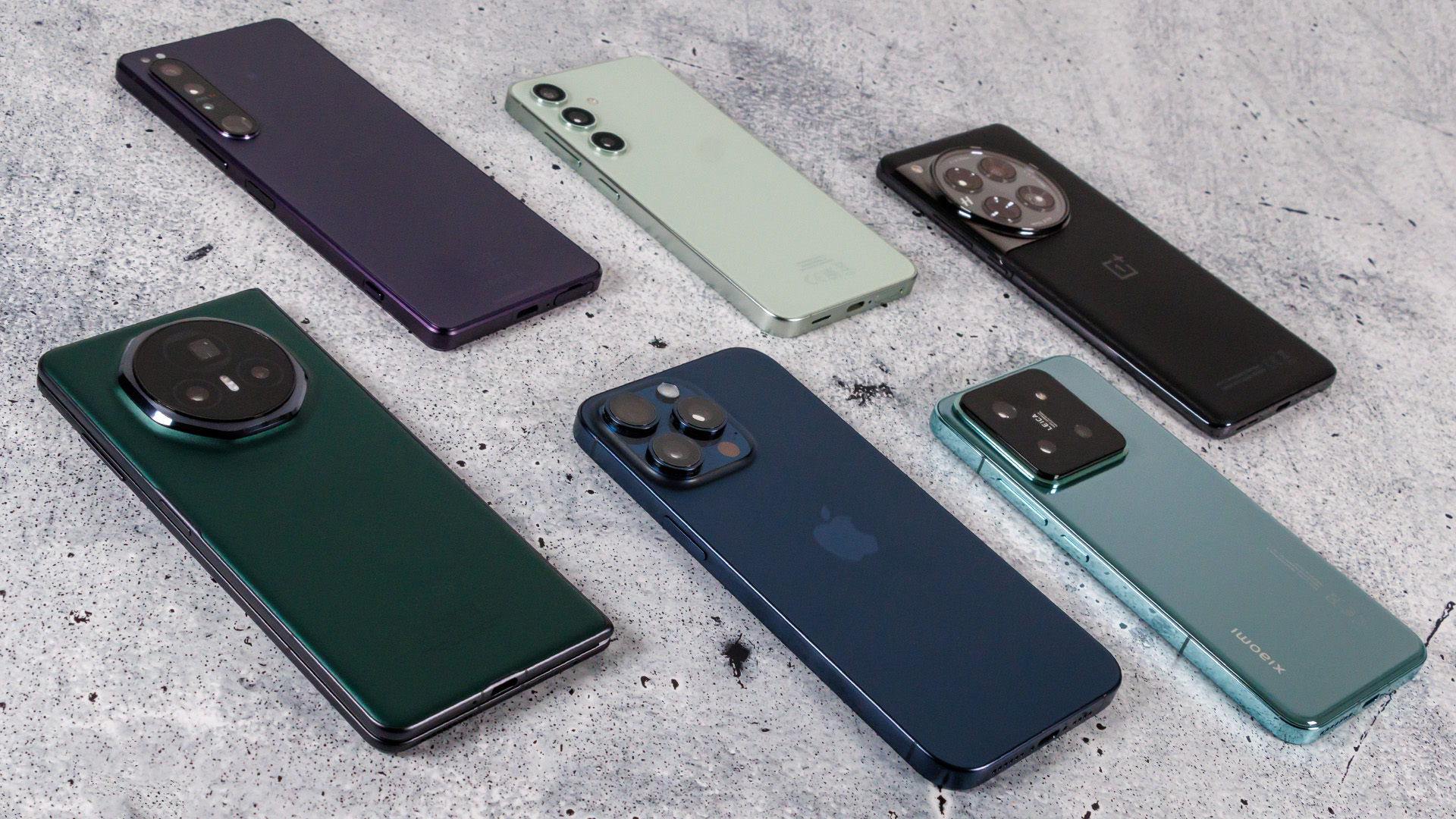
How 5G Smartphones Are Changing the Way We Connect Work and Live
Introduction: The Promise of 5G Technology in Smartphones
The world of mobile connectivity has taken a major leap forward with the introduction of 5G technology. This fifth-generation wireless standard promises to revolutionize the way we connect, work, and live. With faster speeds, lower latency, and enhanced network capabilities, 5G smartphones are opening doors to new possibilities. Whether you’re using them for work, entertainment, or daily tasks, 5G smartphones are becoming an essential part of modern life.
What is 5G Technology?
5G stands for the fifth generation of mobile network technology. It represents a massive upgrade from the current 4G LTE networks, offering not only higher speeds but also better reliability, greater bandwidth, and lower latency. This makes it possible to support an increased number of connected devices simultaneously, paving the way for a more interconnected world.
1. Enhanced Connectivity: The Backbone of Modern Life
Faster Internet Speeds
One of the most talked-about features of 5G smartphones is the enhanced internet speeds they offer. With 5G, download and upload speeds can reach up to 10 gigabits per second, far surpassing the capabilities of 4G LTE.
Comparison of 4G vs 5G Speeds
| Feature | 4G LTE | 5G |
|---|---|---|
| Download Speed | Up to 1 Gbps | Up to 10 Gbps |
| Upload Speed | Up to 100 Mbps | Up to 1 Gbps |
| Latency | 30-50 ms | 1-10 ms |
| Network Capacity | Moderate | Massive (millions of devices per km²) |
This speed boost can make everyday tasks, such as streaming HD videos, downloading large files, and browsing the web, a lot faster and smoother.
Seamless Connection in Crowded Areas
5G networks are designed to handle a significantly higher number of devices. In places where 4G networks struggle to maintain connections due to congestion—such as stadiums, airports, or city centers—5G technology ensures seamless, uninterrupted service.
2. Impact on Work: Transforming Productivity and Remote Work
Boosting Remote Work Efficiency
With the rise of remote work, 5G smartphones are changing how we work. Video conferencing, collaborative cloud applications, and real-time collaboration have become an essential part of the modern workspace. 5G allows for high-quality video calls with minimal buffering, making virtual meetings feel more like in-person discussions.
Benefits of 5G for Remote Work:
- Faster Upload/Download: Share large files, collaborate in real-time.
- Enhanced Cloud Access: Seamless access to remote work tools.
- Improved Communication: Clearer, lag-free video conferencing.
- Efficient Workflow: Faster access to enterprise systems, improving productivity.
5G’s Role in Digital Transformation
Businesses are increasingly relying on 5G to drive digital transformation. From IoT (Internet of Things) devices to AI-powered solutions, 5G enables faster data processing and real-time analytics, providing businesses with valuable insights to optimize operations.
3. The Role of 5G in Smart Cities and the Internet of Things (IoT)
Smart Cities Powered by 5G
5G’s massive capacity and low latency are essential for building smart cities. With billions of IoT devices connecting to 5G networks, cities can become more efficient, safer, and better connected. Smart traffic lights, energy-efficient buildings, and public safety systems will benefit from the speed and reliability of 5G.
Connecting IoT Devices at Scale
The ability to connect millions of devices in a single area is a key advantage of 5G. Smart homes, connected cars, wearables, and health monitoring devices will operate more efficiently with the help of 5G.
4. 5G and the Entertainment Industry: The Future of Streaming and Gaming
Revolutionizing Streaming Services
With 5G, streaming services will offer better video quality and faster loading times. Viewers will be able to stream content in 4K or even 8K resolutions without buffering, even on mobile devices. Augmented reality (AR) and virtual reality (VR) experiences will become more immersive thanks to the low latency and high data throughput of 5G networks.
Gaming on the Go
5G smartphones are also changing the mobile gaming landscape. With cloud gaming services like Google Stadia and Xbox Cloud Gaming gaining popularity, 5G allows users to play graphically-intensive games on their smartphones without needing expensive hardware. The low latency and fast speeds are crucial for delivering smooth, lag-free gaming experiences.
5. Enhancing Communication: The Future of Connectivity
5G for Social Media and Content Creators
Social media platforms will also see major improvements with 5G. Content creators can upload high-quality videos in real-time, stream live broadcasts without lag, and interact with audiences more efficiently.
5G and Real-Time Communication
With faster data speeds and ultra-low latency, 5G enables real-time communication technologies to flourish, including video calls, AR, and VR applications. This opens up possibilities for businesses, educational institutions, and health services to provide enhanced communication solutions.
6. The Evolution of Mobile Technology: From 4G to 5G Smartphones
Why 5G Smartphones Are the Future
5G smartphones are set to replace 4G devices in the coming years. They are equipped with the latest technology to support the 5G networks that are being rolled out globally. As more carriers deploy 5G, 5G smartphones will become increasingly mainstream, offering consumers better performance and more features.
7. 5G Security: Ensuring Safe Connections in a Digital World
Enhanced Security Features
As we become more dependent on mobile devices, security becomes a critical concern. 5G smartphones come with enhanced security protocols, making it more difficult for hackers to gain unauthorized access to devices or data.
Privacy Concerns with 5G
Despite the benefits, 5G also introduces new challenges related to privacy. With more devices connected, the risk of cyber-attacks and data breaches increases. Manufacturers and service providers must work together to address these issues to ensure safe usage of 5G technology.
8. The Future of 5G: What’s Next?
As 5G networks continue to expand, the potential for new applications and innovations is limitless. From smarter homes to more immersive entertainment experiences, 5G will continue to shape how we live, work, and connect. The ongoing rollout of 5G is expected to pave the way for new technologies, including autonomous vehicles, smart healthcare solutions, and much more.
Conclusion: Embracing the Power of 5G Smartphones
In conclusion, 5G smartphones are more than just an upgrade to faster mobile internet. They represent a paradigm shift in how we connect with the world around us. Whether it’s for work, entertainment, or daily life, the possibilities are endless. As 5G continues to evolve, we can expect even more advancements that will transform the way we experience technology.



